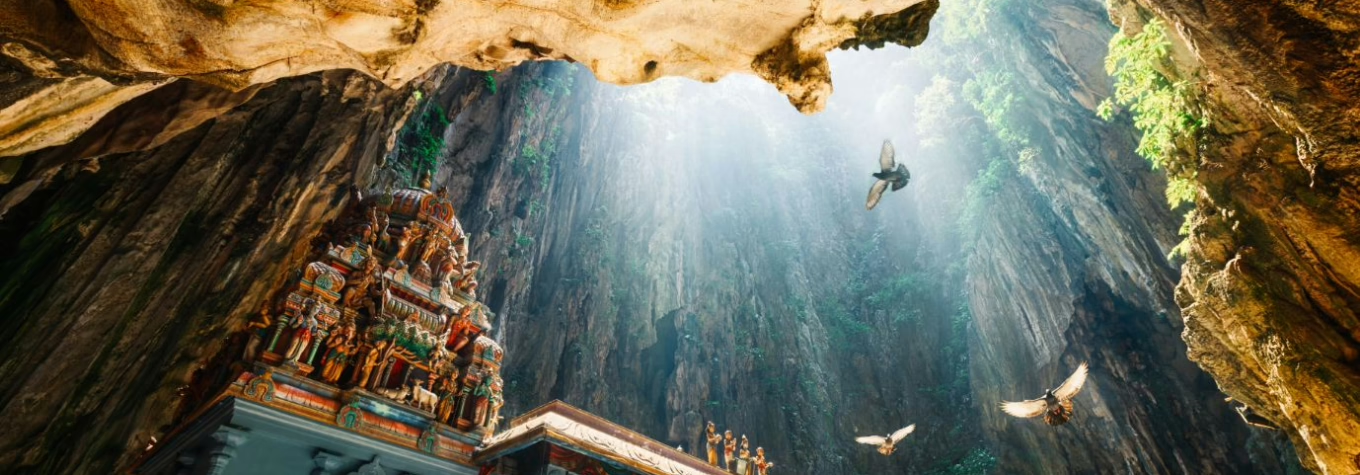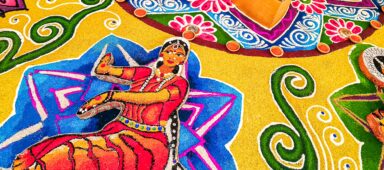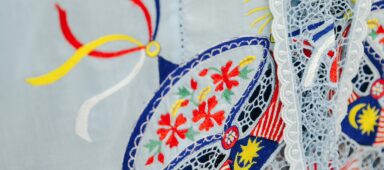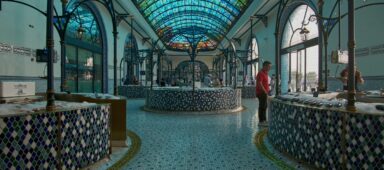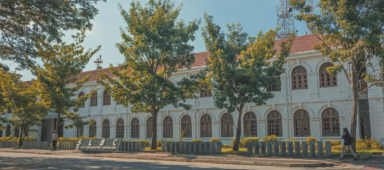More than just sleek skylines and skyscrapers; here’s where to go to get a dose of culture and history in Malaysia’s vibrant capital
Kuala Lumpur is known the world over as being a foodie’s paradise, while its plethora of shopping malls stuffed with local and international retail brands and modern attractions such as the Petronas Towers and Kuala Lumpur Tower are sure to keep you occupied. However, don’t let the sleek skylines and contemporary cityscapes fool you; this metropolis brims with fascinating history and plenty of culture.
Whether you’re travelling here on holiday or simply looking to rediscover KL, this fascinating city more than has you covered. Here are a few standout options, both old and new – from religious sites to an impressive art museum to architecturally outstanding buildings – to drop by and get your culture and history fix.
1. Batu Caves
For culture with a dose of nature, head to the Batu Caves that are easily accessible via a half-an-hour train ride or drive from the city centre. Made up of a series of limestone caves, the striking Hindu shrine is dedicated to Lord Murugan – you’ll find a 140-foot-high statue of the deity at the foot of the caves, the tallest statue in all of Malaysia. After spending some time snapping a few pictures here, you can then proceed to scale the 272 stairs to the Temple Cave entrance and venture inside to check out the limestone rock formations and Hindu shrines. There are also two other caves at the base of the hill – Museum Cave and Art Gallery Cave – that contain various Hindu artefacts such as statues and paintings. During the yearly Thaipusam festival, the entire complex comes alive as Hindus make a pilgrimage here to honour Lord Murugan.

2. Kuala Lumpur Railway Station
Located along Jalan Sultan Hishamuddin, this architecturally stunning structure – keep a lookout for its striking white façade and multiple domes on the roof – is one of the most recognisable and heavily photographed buildings in the city. It once functioned as Kuala Lumpur’s main railway station, before Kuala Lumpur Sentral took over most of its functions in 2001. Designed by the British architect Arthur Benison Hubback, the building features Moorish, Mughal, Indo-Saracenic and Neo-Saracenic architectural influences and blends the eastern and western design styles that were popular at the time. The station still remains operational today – though with far less traffic than during its heyday – and is certainly worth a visit.
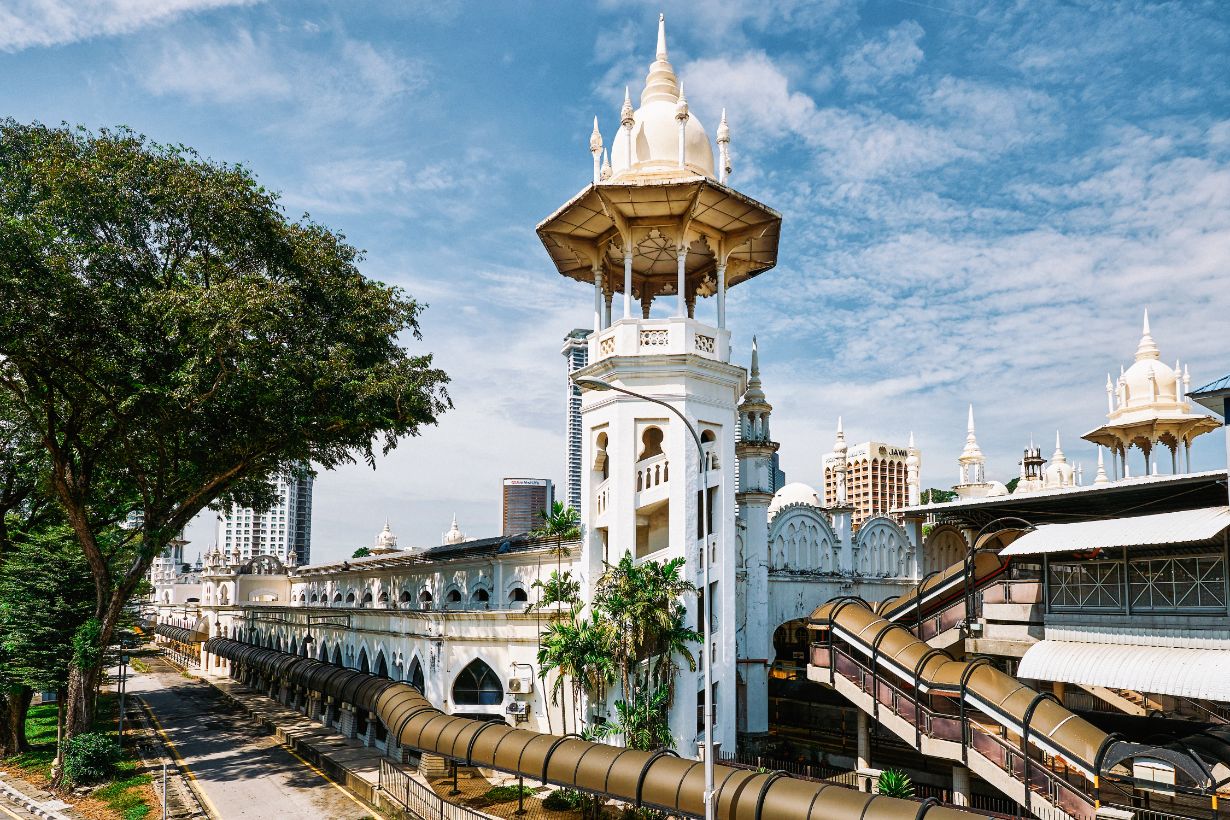
3. Thean Hou Temple
One of the key religious sites in the Southeast Asian region, Thean Hou Temple is situated high up on a hill and is a must-visit to check out its unique design and take in panoramic views of the city down below. Dedicated to Mazu – the Chinese goddess of the sea who is said to watch over fishermen and sailors – the temple was constructed in the late 20th century by members of Malaysia’s Hainanese community and was officially opened to visitors in 1989. The six-tiered temple’s design blends both traditional and modern techniques: its entrance is comprised of a multi-arched gateway, and you’ll find plenty of intricate carvings and ornate engravings throughout the site. Red, a colour associated with good luck and prosperity, also features heavily. Besides the prayer hall, courtyard and various statues, the temple’s grounds also include a fountain, garden and tortoise pond.

READ MORE: KL’s Kwai Chai Hong is a time capsule of Chinatown’s old-world charm
4. Sultan Abdul Samad Building
This building located in front of Independence Square is one of Kuala Lumpur’s major landmarks – both for its architecture and the role it’s played in the country’s storied history. Constructed in the late 19th century, the structure originally functioned as the offices of the British colonial administration. It later housed Malaysia’s superior courts, and today is the home of the communications and tourism ministries. Similar to the Kuala Lumpur Railway Station, the Sultan Abdul Samad Building incorporates Indo-Saracenic, Neo-Mughal and Moorish architectural influences: some of its most eye-catching elements are its large balconies, towers with wraparound staircases, copper-clad domes and distinctive clock tower that stands at a height of 41 metres. Each year, on the 31st of August, the building features prominently in Malaysia’s National Day Parade.
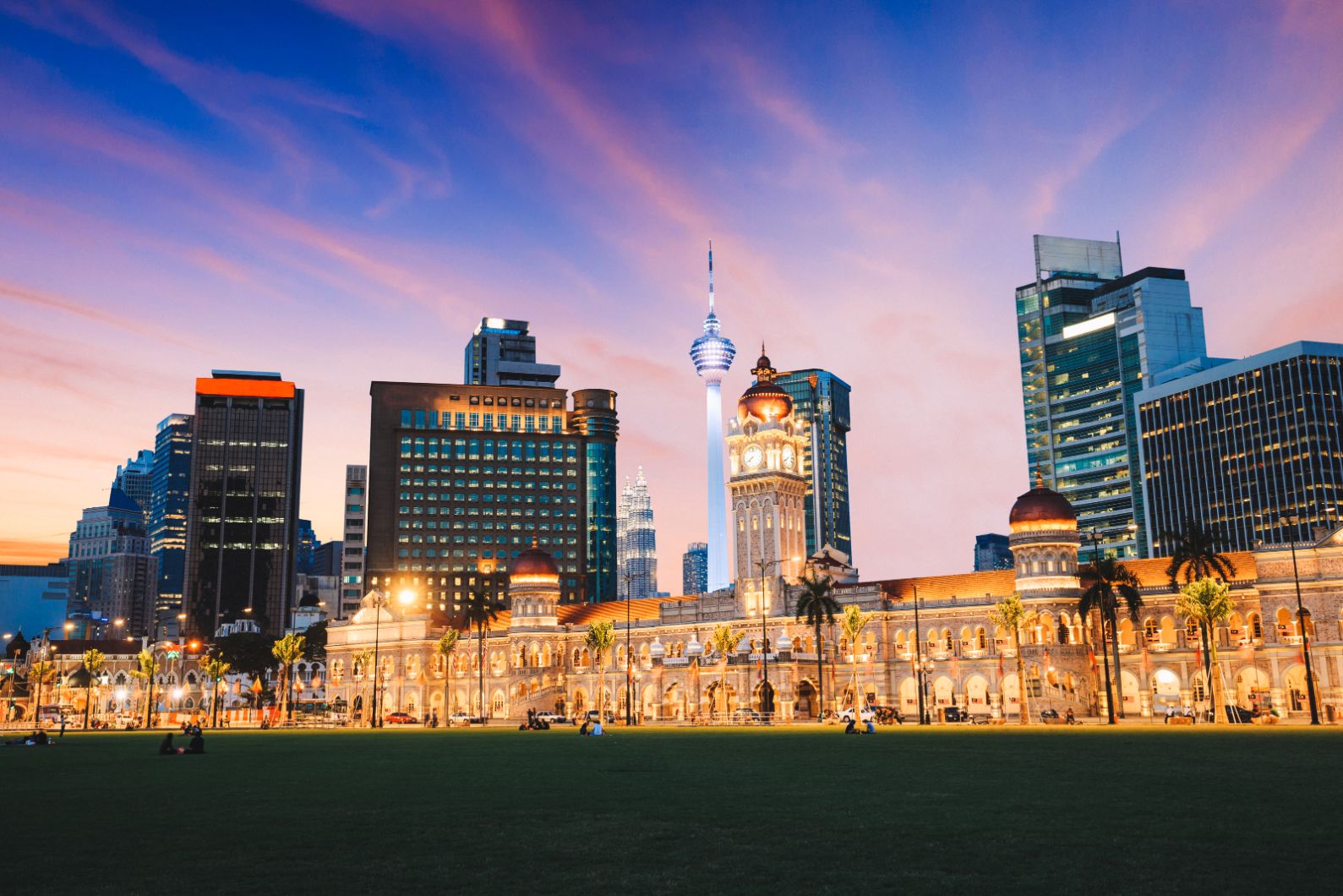
5. Islamic Arts Museum Malaysia
Kuala Lumpur has a plethora of amazing museums to discover, but we have a soft spot for the Islamic Arts Museum Malaysia. Located in the heart of the city, this is the largest museum in Southeast Asia dedicated to Islamic arts, and contains over seven thousand artefacts from all throughout the Islamic world – making it a great place to learn more about its history and culture. The museum consists of a large open area that’s divided into twelve main galleries according to artefact types: for instance, there’s one dedicated to ceramics, another to textiles and another to the Quran and assorted manuscripts. Not able to make it there in person at the moment? The museum also offers virtual tours of the space via its website.
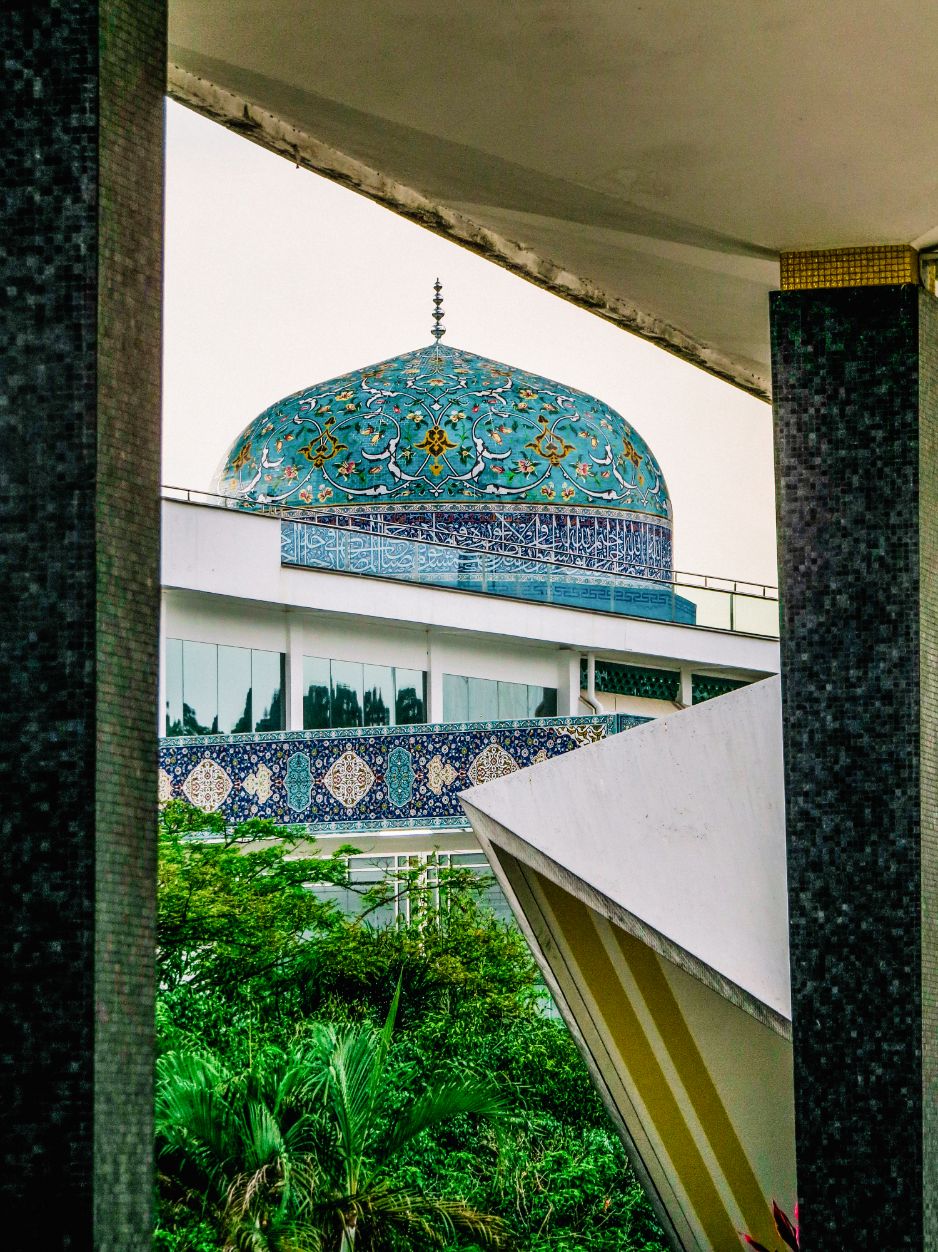
6. Sin Sze Ya Temple
Dating back to KL’s earliest days, this is KL’s oldest Taoist temple. It was founded in 1864 by Kapitan Yap Ah Loy, a Chinese businessman who is often credited for developing KL as a major commercial and mining center then. The temple is dedicated to honour the deities Sin SzeYa and Si SzeYa, to whom he attributes his successes and luck to. Legend has it that if you circle the main altar thrice, you’ll be blessed with good fortune. As such, it’s not uncommon to find students and devotees at the temple, praying for stellar grades and bountiful blessings.
These historically-significant landmarks have also recently reopened to public
7. REXKL
KL’s Rex Cinema was one of the first and longest-running in the city, from the time of its opening in 1947 to its final screening in 2002. After two fires and multiple different tenants, the cinema has now been restored and converted into a hip arts and community center, hosting artisanal markets, independent film screenings, talks, panels and community events.

8. Rumah Tangsi
One of KL’s most well-kept heritage buildings, Rumah Tangsi has had a long and illustrious history that spans a century. It had its beginnings as the Loke Chow Kit Mansion, home to the magnate who gave his name to Kuala Lumpur’s trendy Chow Kit district, and has since been reincarnated as two different hotels, a home for an architects’ association and now a cultural and community space. Its distinctive yellow wall exteriors are hard to miss, and photography-loving visitors will appreciate the airy, high-ceiling interiors that encircle the spacious courtyard.
9. Panggung Bandaraya DBKL
Built in 1904, Panggung Bandaraya DBKL – or, known to locals as DBKL – is one of the city’s oldest theatres. Juxtaposed to the gleaming and modern skyscrapers in its surroundings, its striking architecture, a mix of colonial styles and Moorish influences, is hard to miss. However, the building you see today has undergone an extensive refurbishment since a major fire damage incident in 1992. In fact, the 118-year-old building has now reopened after being closed for maintenance and refurbishment work for the past three years.
READ MORE: Secret spots: 7 hidden gems in KL you won’t find in guidebooks
